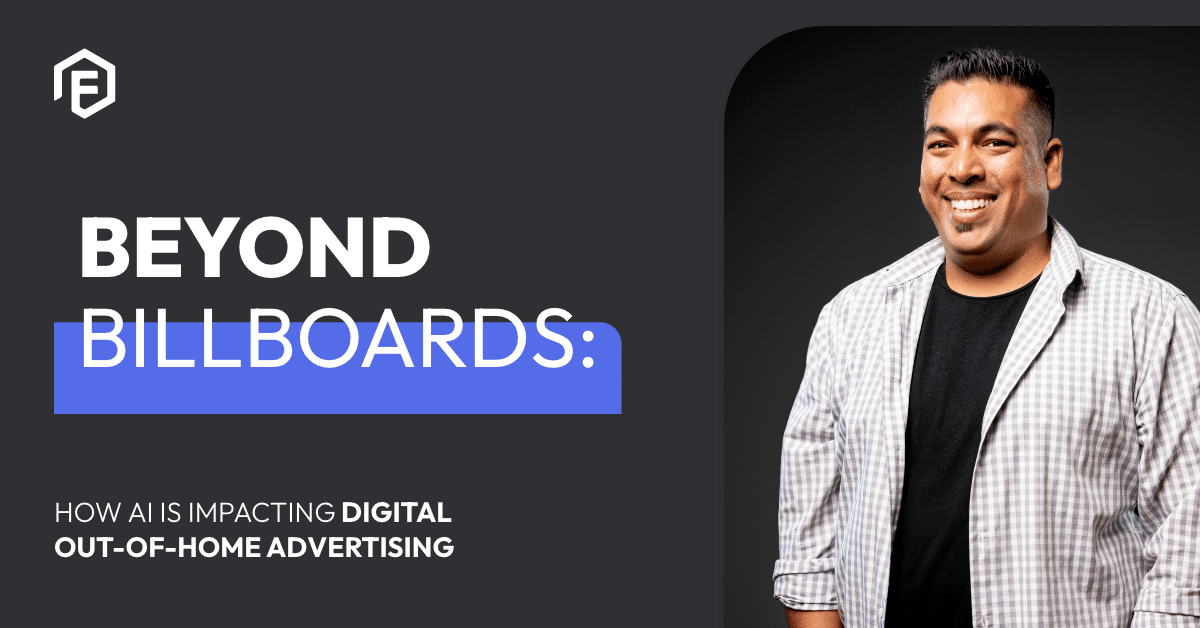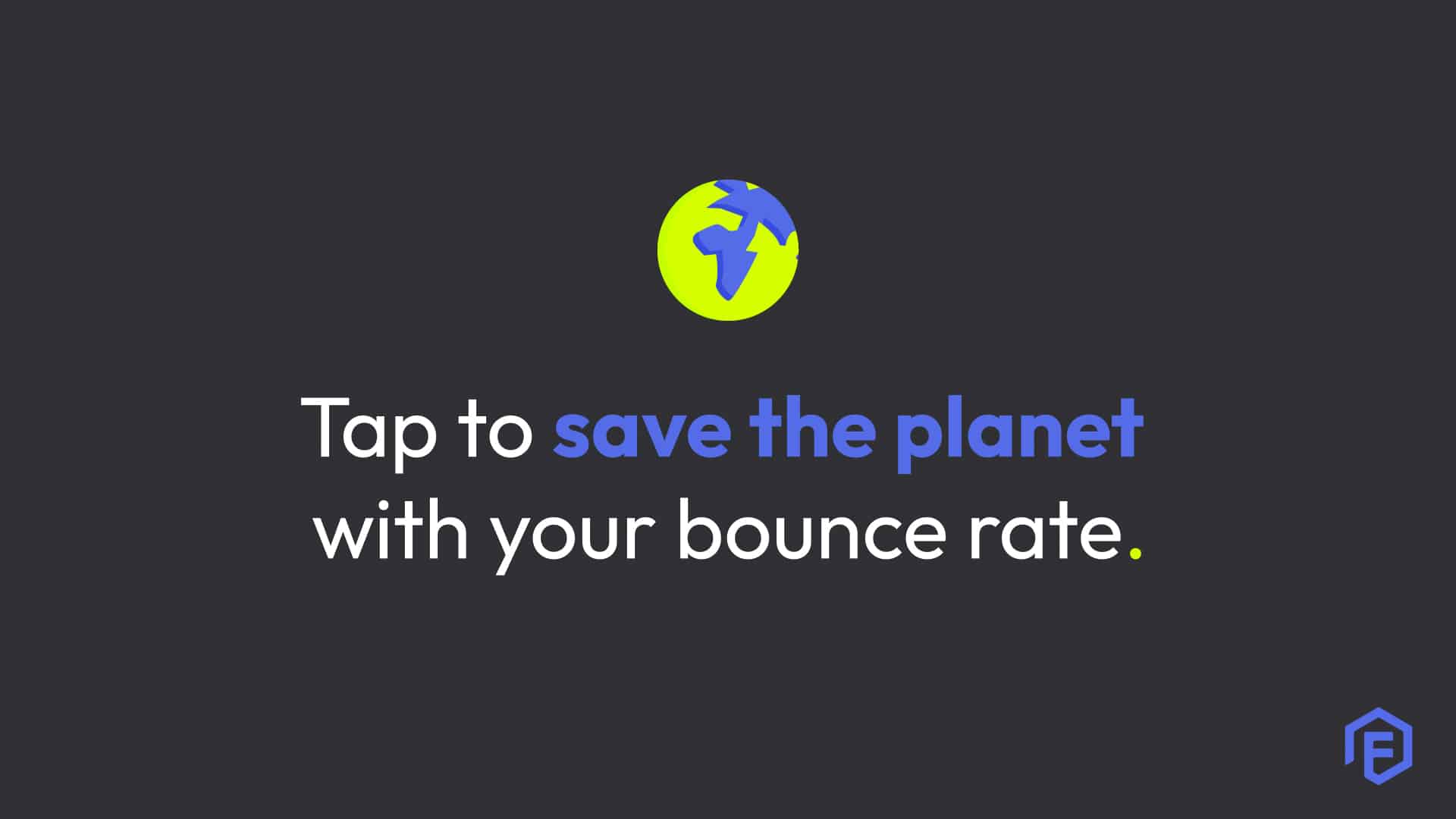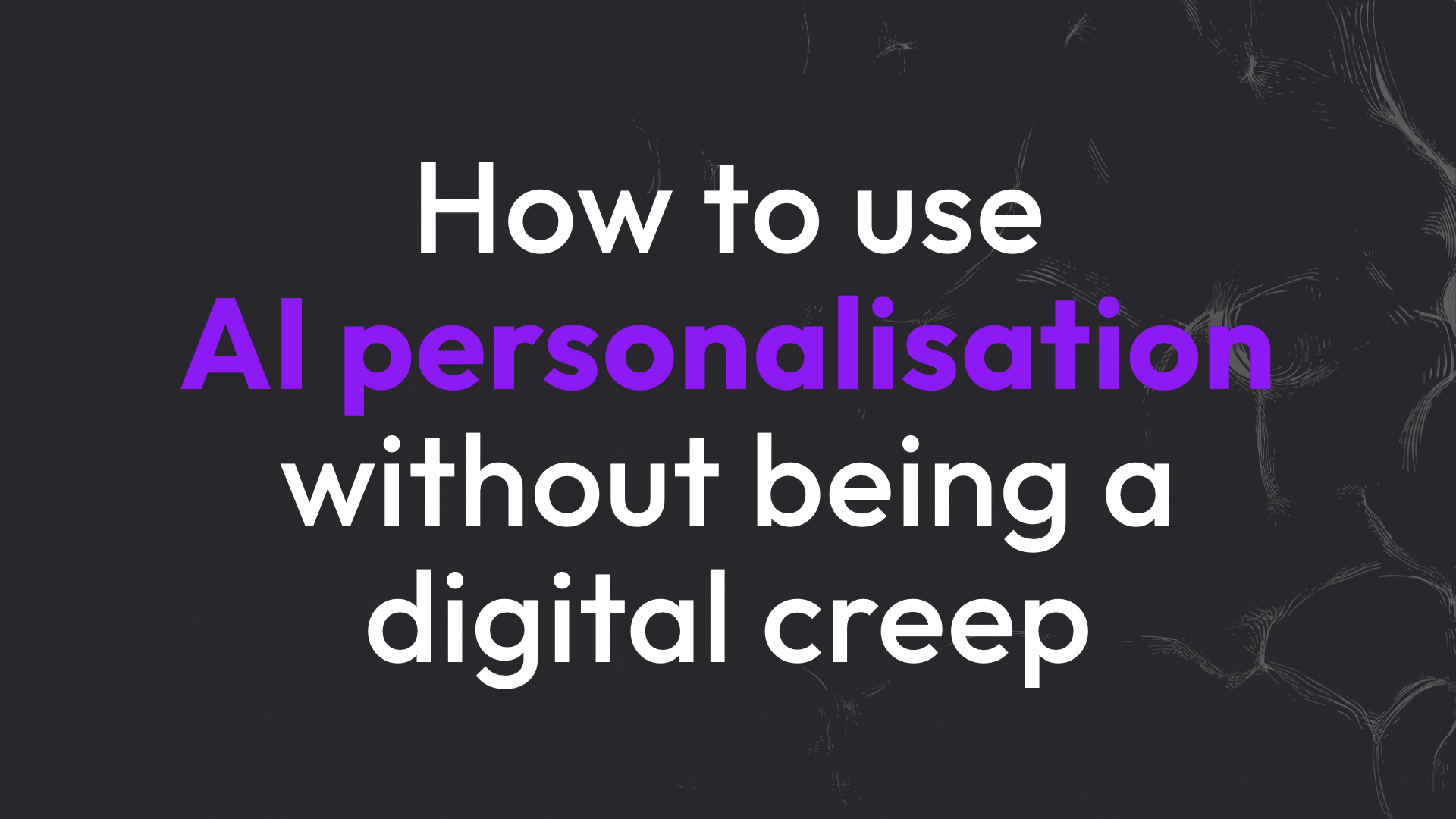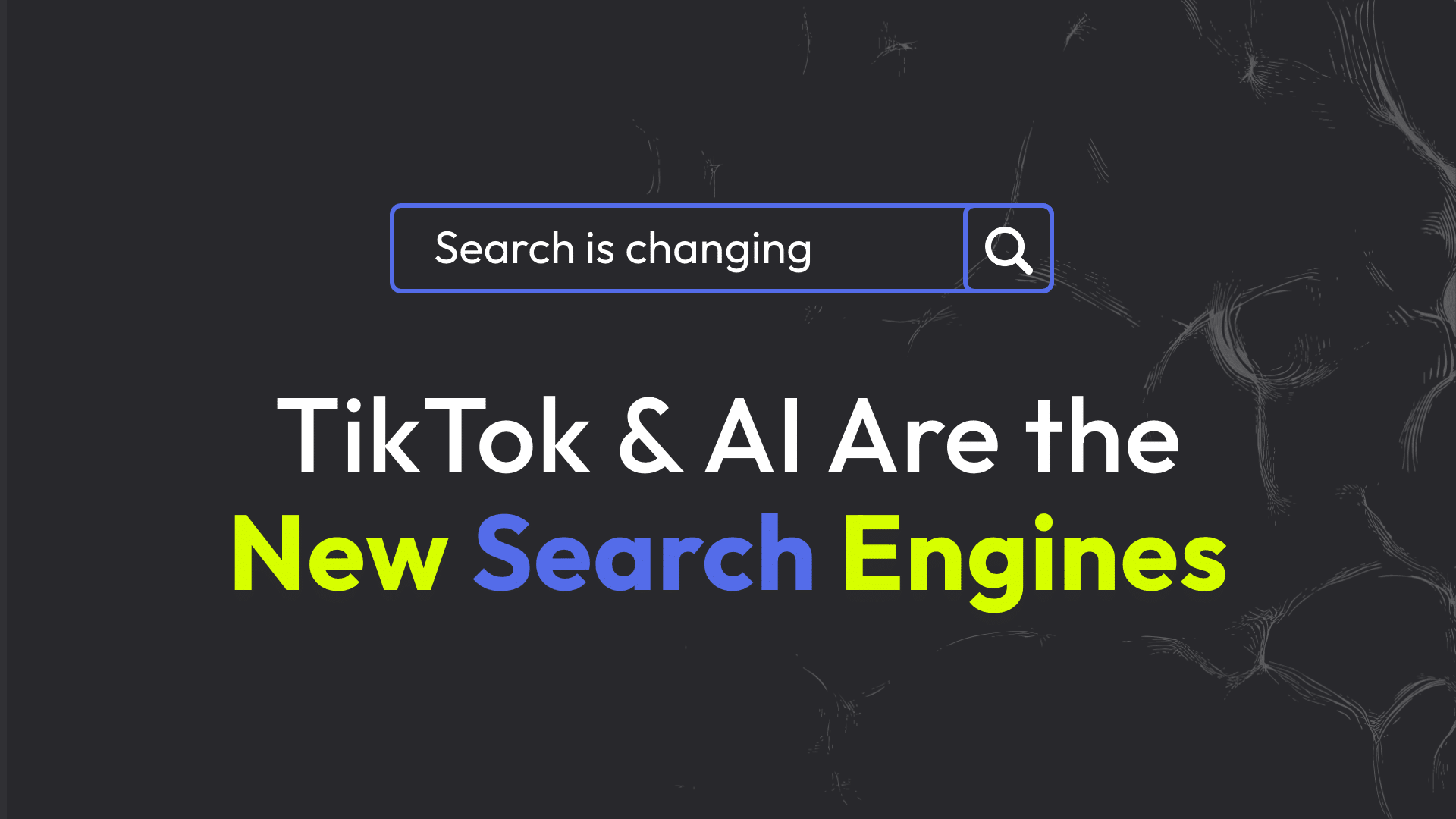The following blog post has been primarily taken and summarised from two particular articles – and a few ad hoc chats around the office. The first article is about the UBER rebrand, written by Colin Jowell a partner at UDKU. The other by Paul Boag of Boagworld, on design trends that’ll change your (and my) job forever.
Colin Jowell writes, “Much will be written about the UBER rebrand. Much already has. So I’m not going to mull over its interesting choice of fonts, its dynamic colour palette that is regionally flexible, or its clever iconography that will allow it to expand to take over, well, almost everything. The thing that every CEO should be pondering right now is this: they did it themselves. They talked to undoubtedly the best in the business and still, they decided to do it themselves. The days when the world of tech and agency were best friends a la Apple and Chiat Day are, well so very 1984. And before you write this off as limited only to the design skillset, make no mistake, that the “trend” of in-house is a reality for all – whether it’s delivering communications, PR or CRM… the list goes on.”
Having been in the web industry for some 14 years, Paul Boag has seen a thing or two. In his article, he writes about four trends that he sees gaining momentum. Firstly, and almost to confirm Jowells’ sentiments on UBER, there is the move towards in-house teams. Many companies have decided it is unwise to rely on outside suppliers for business critical operations. Instead, they are building internal teams to take on the role. Next, the rise of software as a service; for example, building a custom content management system was once big business for many developers. The same is true for e-commerce platforms. Services like Shopify means the days of building shopping carts for most are over. Then there is the automation of code: There was a time when being able to code good quality HTML and CSS was enough. That is no longer the case. Not only is there a surplus of people able to do this, the need to code is waning. Tools like Macaw and Adobe Reflow are enabling designers to do much of the work of front-end coders. Lastly, and maybe surprisingly, there is the decline of the website: Take for example going to see a movie. You know what you want to see, but you don’t know where it is showing. What do you do? You open a single app on your mobile that aggregates movie listings from many sources. Perhaps you even ask Siri or just Google it. This creates a much better experience as users don’t have to deal with multiple interfaces.
*Breathe*
The above has got me thinking, a lot. Being in a digital marketing agency, the playing field- so to speak- seems to change and morph continuously. At Flume, we rely heavily on data to prove our various campaign successes, not just on the designs themselves. The beauty of digital is that the numbers speak for themselves. Over many traditional design-centred agencies, I believe this is already an advantage. If this is you too, then we shouldn’t be surprised or alarmed by change. We see it all the time in the need to quickly tweak and re-focus our advertising spend and creative executions. But, in case you’re feeling a tad overwhelmed at the prospect of being a jobless InDesign expert, I’ve drafted a few mini self-help points to encourage and motivate, for the changing years ahead.
1. Tools vs Learning
I’ve learned my fair share over the years. From Flash to 3D Studio Max, Quark and Dreamweaver. It’s all about Adobe CC at present, but many are migrating to Sketch, Maccaw and a host of other goodies being churned out by the clever folks at Bohemian Coding. But, and this is a big BUT… software comes and goes. Yes, Photoshop has been an industry standard for many years, but what is more important than knowing a bunch of short cuts and getting quicker in your work flow, is learning how to ‘think’ design. How to ‘understand’ concepts. How to ‘feel’ which elements would work better in a certain way than over another. This type of experience is invaluable, and learning such skills will be gold wherever you find yourself in the future.
2. Develop Soft Skills
I’ve said it before, and I’m pretty sure it’s an industry term (if not, it should be!) I’d rather work with a willing and keen 7/10 designer, than an egotistical, arrogant 10/10. You can’t teach that person anything. If you can learn to develop soft skills like being approachable, kind, interested when spoken too, and excited about jumping into a task at hand, people will respond well to you. Sure, they don’t always come easily. But these are skills that cannot be over stressed. Having worked in a few companies down the years and having freelanced in many more, it’s still amazing to have people think that talent alone is enough. Sure, it probably got you the job, but does it make you friends? Do people want to work with you? Are you really indispensable?
3. Embrace Change
By no means am I unique in this, but once upon a time 90% of my day was print design. You know the kind; brochures, stationery, reports. The last two, maybe three years, 90% of my work I’ve shipped has involved digital products – web and mobile design, social media content, interactive PDFs. Even illustration and iconography almost always finds it’s home on the web. To have solid DTP skills and a good eye (see point number one above) can be transferable, but believe me, times are a-changing. So go with it. Put in the hours. Watch tutorials. Don’t become a fossil. Don’t sit on your hands. Having traditional drawing skills is great, but how about that Wacom? As hard and as cliché as it sounds, try to be the best by evolving year on year.
Although not expressed by my two authors above, I truly believe that most agencies and individuals can and will survive- and flourish- by being not only very good at what they do- because hey, this what is expected and what clients pay a lot of money for- but by being that little bit extra special. More often than not, that’s you. The person clients get to enjoy dealing with. Be it as an individual or agency, if you’re getting results, are liked and are adapting, you’ll probably be just fine.
As Charles Darwin said: “It is not the strongest of the species that survives, nor the most intelligent that survives. It is the one that is the most adaptable to change.”
Onwards and upwards. We can be certain there are exciting times ahead.



